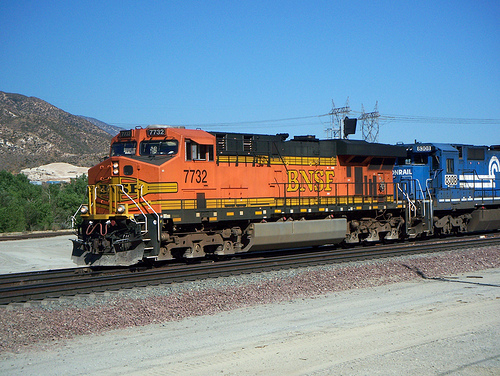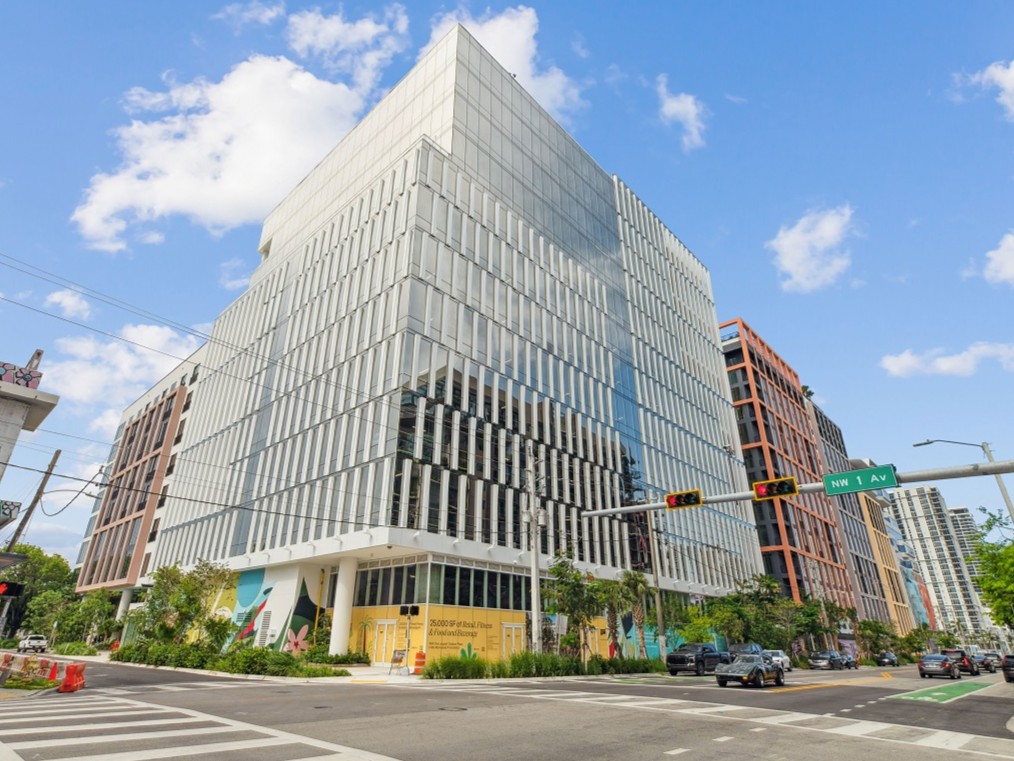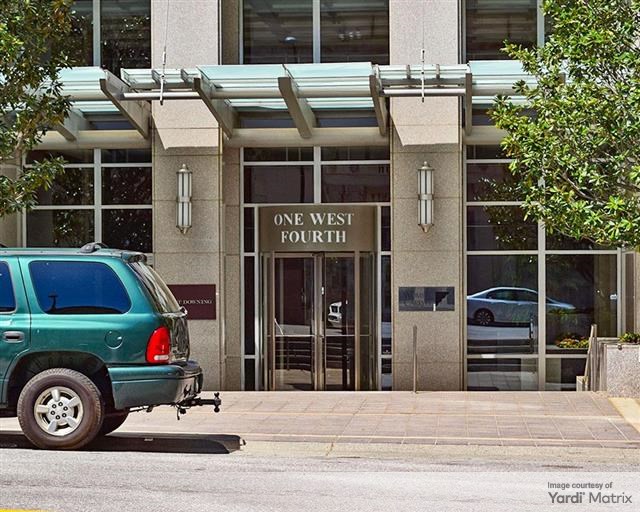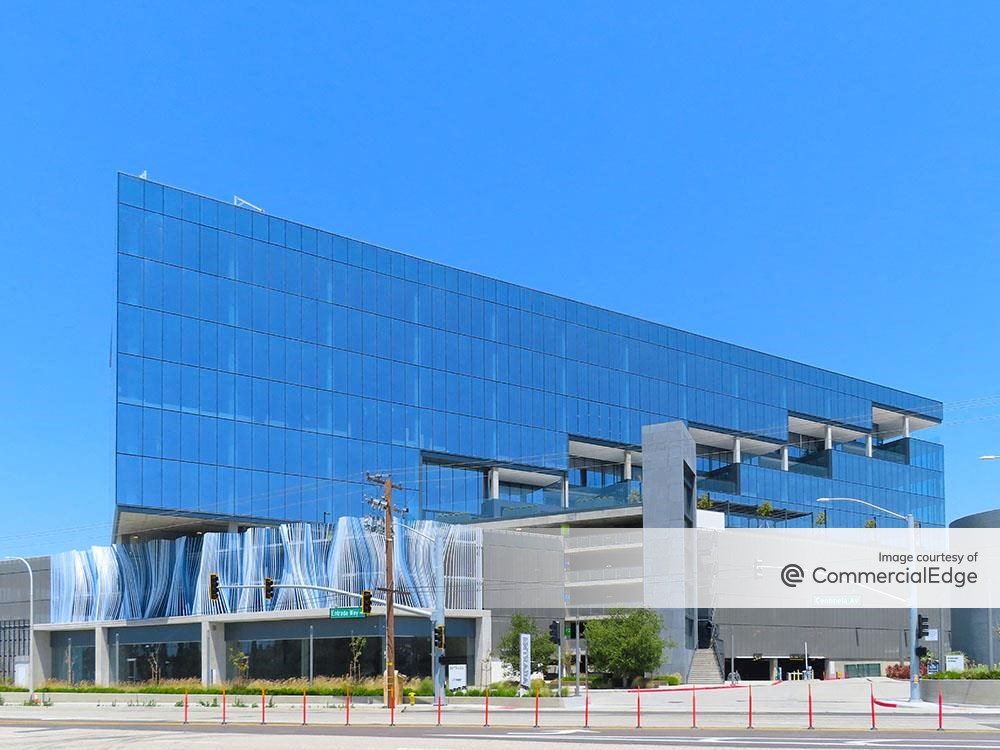Economy Watch: Conference Board, Railroad Indexes Contradict; U.S. Debt Still Under Debate
The Conference Board's Employment Trends Index increased slightly in June, but the Association of American Railroads, a little-followed but important gauge of the economy, reported that last month's traffic was down 0.7 percent from May.
By Dees Stribling, Contributing Editor
July 12, 2011
The Conference Board’s Employment Trends Index increased slightly in June to 100.0, up from May’s revised figure of 99.5, according to that organization on Monday. The June figure is up 5.4 percent from a year ago.
This month’s increase was driven by positive contributions from only three out of the index’s eight components, just enough to edge things upward, but hardly a sign of wide economic strength. The improving indicators include “Initial Claims for Unemployment Insurance,” “Percentage of Firms With Positions Not Able to Fill Right Now” and “Real Manufacturing and Trade Sales.”
“The behavior of the Employment Trends Index in recent months is consistent with weak job growth, rather than an outright decline,” noted Gad Levanon, associate director, macroeconomic research at the Conference Board, in a statement. “The abysmal uptick in employment in the past two months is not just a reaction to the slowdown in economic activity in the first half of 2011, but also a result of employers becoming downbeat about their hiring needs in the coming months.”
Railroad Traffic Down Slightly in June
The Association of American Railroads, in a little-followed but fairly important gauge of economic activity, reported on Monday that U.S. carload traffic in June was down 0.7 percent compared with May, while intermodal traffic–that is, using the same shipping containers between modes of transport–dropped 2.4 percent month-over-month. Thus rail traffic continued its slow decline since the first months of 2011.
Still, compared with June 2010, last month’s total carload traffic was up 0.9 percent. Compared with the same month last year, intermodal traffic was up by 4.6 percent. On the other hand, the 2011 totals for shipping by railroad remain about half what they were during the mid-2000s.
“For several months now, rail traffic, along with other economic indicators, have presented a mixed picture of the economy,” said AAR senior vice president John T. Gray in a statement. “While rail carloads have been relatively weak for the past quarter, largely due to coal traffic being down, rail intermodal remains relatively strong. Just like America waits to see what will happen with overall economic recovery, railroads are waiting to see what’s in store for the second half of the year.”
Intense Times on Capitol Hill
President Obama has been employing some unpleasantness-that’s-good-for-you metaphors about the debt ceiling lately, urging Republicans to “pull off the Band-Aid” and “eat their peas.” It’s probably no accident that those are also metaphors also imply an adult-child relationship, since the president is trying to cast himself as the grownup in the situation.
In any case, the clock is still ticking a little more loudly each day, and Monday’s talks between the upper echelons of the executive and legislative branches of the federal government yielded no debt-ceiling deal. Reportedly, in fact, the talks were a mite testy for all concerned. And there’s more to come, with talks every day until deal or default.
Wall Street, meanwhile, seemed worried all over again about Euro debt. This time, there are apparently generalized fears about Italy, which is a monster economy compared with Greece or Portugal. The Dow Jones Industrial Average skidded downward by 151.44 points, or 1.2 percent, while the S&P 500 and the Nasdaq were down by 1.81 percent and an even 2 percent, respectively.








You must be logged in to post a comment.